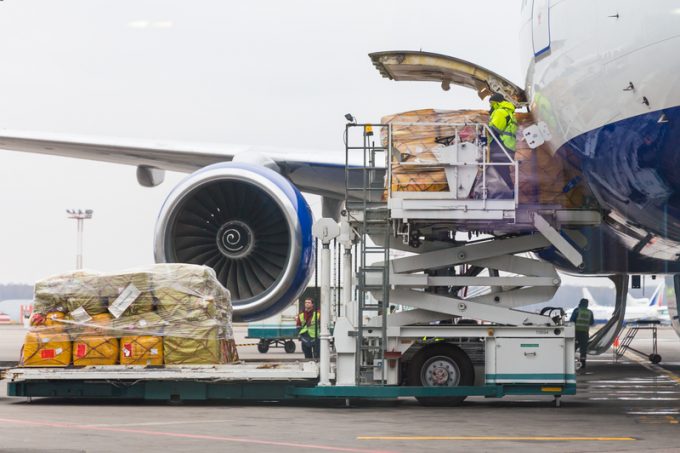Delayed arrival of freighters may prevent 'a bloodbath' in air cargo market
Only a trickle of large widebody freighters will join the global fleet this year and, ...

Aircraft are much fuller than they used to be – that’s the main takeaway from the most recent air cargo industry data.
This has revealed higher demand in April after a dip in March and, alongside the drop in capacity, air freight is under “significant strain”, according to Clive Data Services.
With a severely muted summer schedule, capacity remains tight. Volumes in April were 1% higher than in April 2019 – but capacity was 18% lower. The dynamic load factor for April ...
Trump tariffs see hundreds of cancelled container bookings a day from Asia
'To ship or not to ship', the question for US importers amid tariff uncertainty
'Disastrous' DSV-Schenker merger would 'disrupt European haulage market'
'Chaos after chaos' coming from de minimis changes and more tariffs
Forto 'sharpens commercial priorities' as it lays off one-third of staff
List of blanked transpac sailings grows as trade war heats up and demand cools
EC approves DSV takeover of DB Schenker
Overcapacity looms for ocean trades – with more blanked sailings inevitable
Amazon Air’s metamorphosis: 'a different air cargo unit from two years ago'
Shippers in Asia restart ocean shipment bookings – but not from China
India withdraws access for Bangladesh transhipments, in 'very harmful' decision
'Tariff hell' leaves industries in limbo – 'not a great environment to plan'

Comment on this article